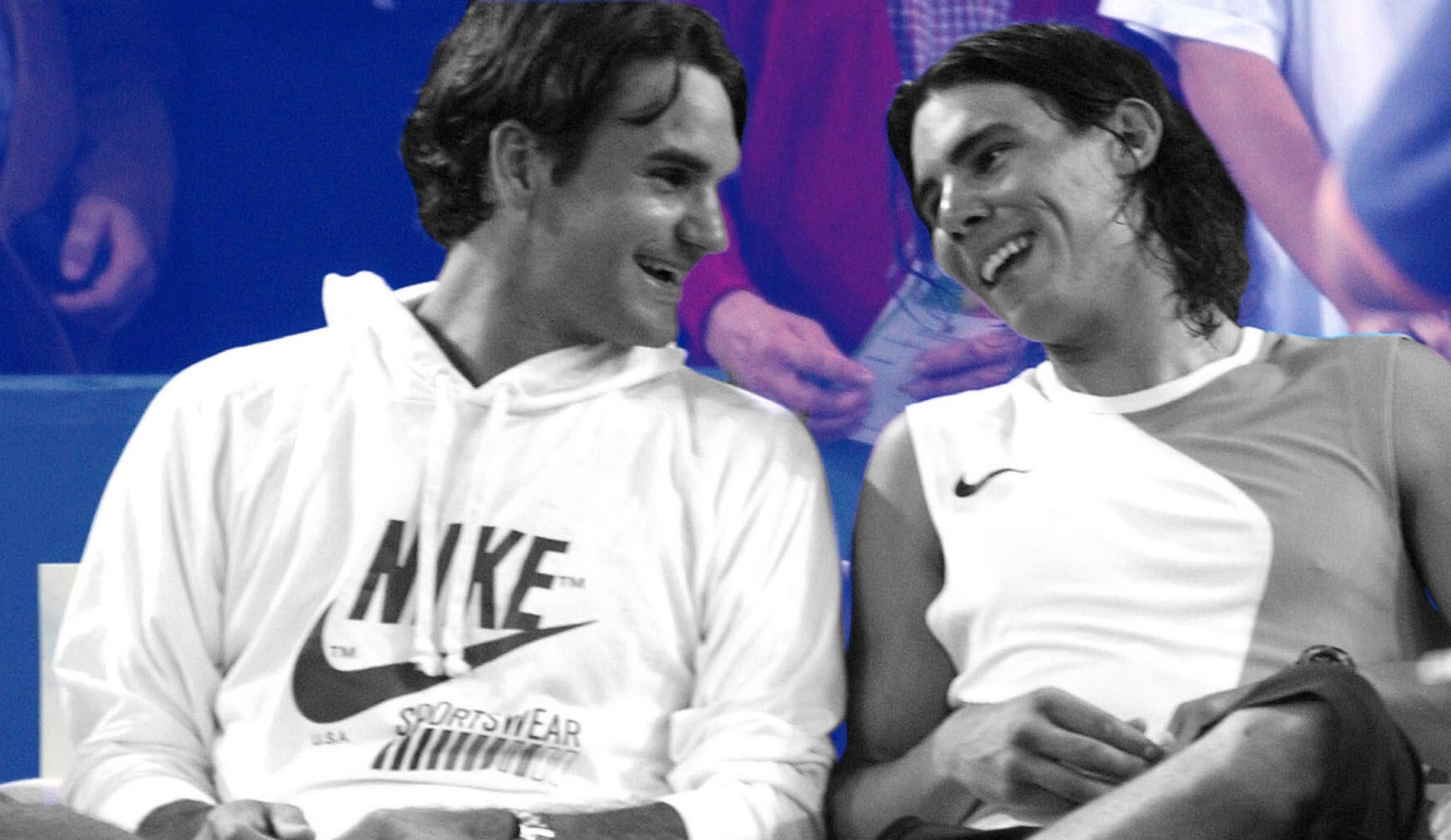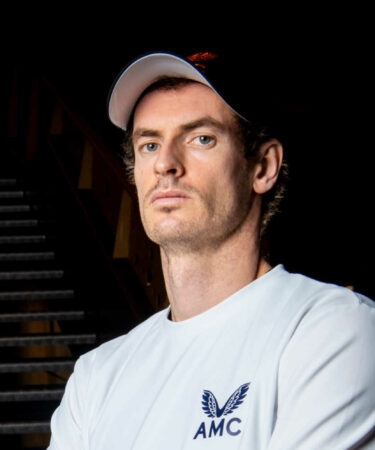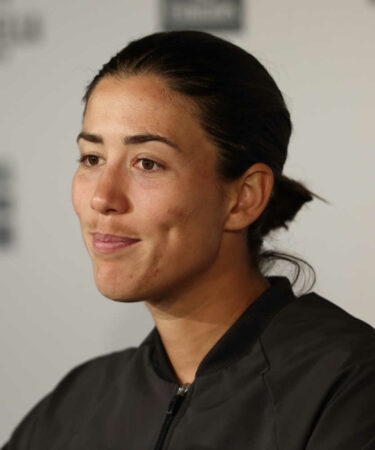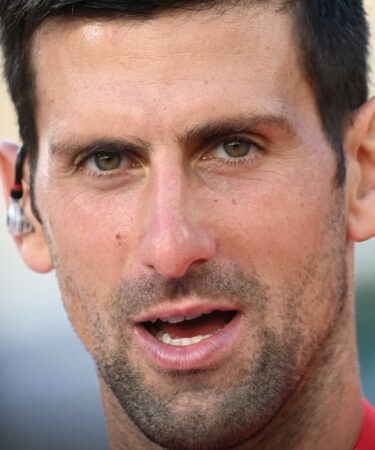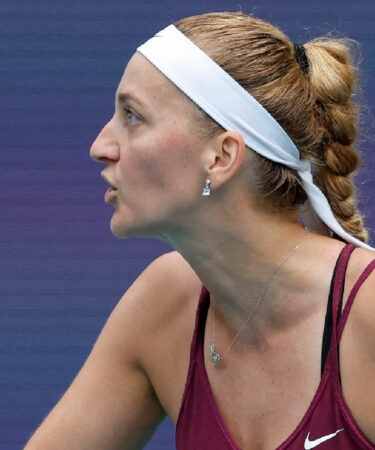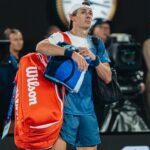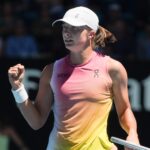What if winning Wimbledon started on clay? Making sense of Federer and Serena’s choice
As Roland-Garros and Wimbledon loom on the horizon, Carole Bouchard examines whether playing on clay – the slowest surface – can actually help players be successful on the faster grass
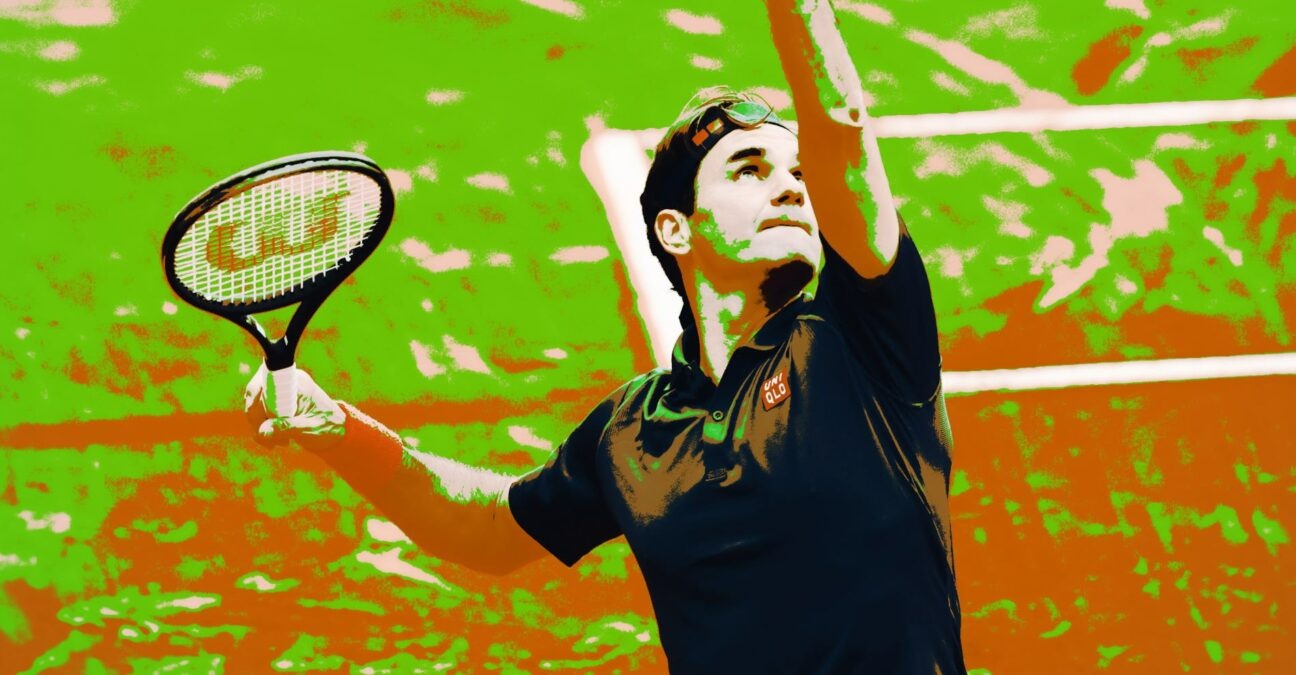 Roger Federer at Geneva in 2021 ©
Roger Federer at Geneva in 2021 ©
Does one need to play on clay to have better chances on grass? Or is it the opposite? Should they skip it altogether and prepare for their beloved Wimbledon? Yes, clay can walk hand in hand with grass, absolutely. Well, most of the time.
As Roger Federer and Serena Williams insist on playing on clay this year, observers seem divided between those who praise their choice and those who think the two legends should focus on grass instead. Well, actually, that’s what those two champions – who don’t need anybody to pick a winning schedule – are doing. They’re working their way to Wimbledon with a little help from their friend, the clay. And if the stars align and somehow a road opens to a clay title, then so be it.
Gone are the days when players would fight for their status as clay or grass specialists like the Montagues and the Capulets. Nowadays, players are so complete and physically well prepared that they can chase every title on every surface and switch surfaces more or less seamlessly. Since Pete Sampras and Andy Roddick, we’ve also not heard of a leader of the game refusing to make a true effort on what Roddick used to call ‘the dirt”. Even Daniil Medvedev, whose game and spirit are clearly not suited to clay for now, is trying his hardest. Complaining all the way through, obviously, but still committing to the clay season. And some, like women’s world No 1 Ash Barty, even find themselves being some kind of clay masters whereas all they ever dreamt of before was to triumph on their beloved grass. Oh tennis, you tricky thing.

To play or not to play, that is the question
Yet when players get older and/or injuries get in the way, doubt will come for those whose ambitions tend more to Wimbledon than Roland-Garros; are they now hampering their chances at Wimbledon by making that clay detour? Should they skip the clay to have better chances on grass? After all, why would they run and slide, and dirty their socks, on clay when all they want to win is on the green? To play or not to play then becomes the question.
And, let’s be clear, if anyone had found the definitive answer, someone like Federer wouldn’t have been brainstorming the question for weeks this year. But the fact that the question tends to rise here and there regularly is a true testament to how much the clay season can be beneficial to a Wimbledon run. If it wasn’t the case, not a single line would ever have been written about that case.
The current situations of Federer and Williams are indeed giving us the opportunity to wonder about the relationship between clay and grass. At both 39 years of age, and with both of them trying to get a couple more Grand Slam titles over the line, their priorities aren’t the same as most other players on Tour. And that’s when some tough decisions must often be taken. They can’t just go with the flow, they have to anticipate the risks they’re asking their bodies to take. How much effort should then be undertaken to achieve the main goals? Every step matters. One foot at the wrong spot and that line in the history books won’t be written.

Sure, they’d both love to win Roland-Garros again. But they’re realistic: Wimbledon is the most obvious target. Wimbledon is the garden where they have the best chances to keep the younger rivals at bay. Again, if the said rivals decide to be less tough to beat than thought on clay, then, of course, so be it. But what looks like the clearest target, on paper, is Wimbledon, so then some are wondering: why the hell are they setting feet on clay at all right now?
Grass court season is so short that players are going to benefit from the peak they’ve been trying to reach during the clay season
Laurent Laffite, former fitness trainer of Garbiñe Muguruza
Because nobody, even Federer or Williams, can hope to have played so little tennis this year and still come swinging through Wimbledon. Because clay will build their bodies for grass. Because without the clay season right now, they stand zero chance to be ready for London. Going through some clay matches is, as of now, their ideal preparation.
“Clay is a very demanding surface that makes you work on your fitness, on your cardio. Grass court season is so short that players are going to benefit from the peak they’ve been trying to reach during the clay season”, explains Laurent Laffite, former fitness trainer of Garbiñe Muguruza, who is now working with the next generation of French players. “It makes sense to prepare the grass by playing on clay and that’s surely the choice Roger Federer made. It’s a fitness-based choice.”
The Belgian coach Philippe Dehaes, who has worked with both men (Xavier Malisse) and women (Daria Kasatkina) also points out the decisive aspect of getting the body into the groove before landing at Wimbledon.
“Issue is that the schedule doesn’t allow you to play many events on grass before Wimbledon. The heart of tennis is winning matches regardless of the surface so if Roger arrives at Wimbledon with a quarter-final of Roland-Garros, he’d be even stronger. Also when the player arrives on grass from clay, he’s physically much stronger because rallies have been longer, matches have been tougher and he had to go through preparation before the clay season. Roger might have been pretty scared of starting his grass-court season without a single match played in the past six months. His choice totally makes sense.”
Federer: “I hope it’s going to help me for the grass“
And that’s actually what Federer himself said in Geneva before and after his first (and only) match there.
“I hope that playing on clay will be good for Wimbledon. I was happy that the knee didn’t feel any different from hard to clay, so I expect the same to go from clay to grass,” Federer said. “Since 1998, I’ve never really had any major issues going between surfaces. A tennis player is used to these switches. But sure with an injury, there is always a little bit more concern, especially when you haven’t played as long I have. So far the clay has been good for me and of course, I hope it’s going to help me for the grass. I’m convinced that hitting a lot of balls where you have to really power through like you need on clay otherwise you’re not really going to have an impact on this surface is gonna be beneficial for me for the grass-court season.”
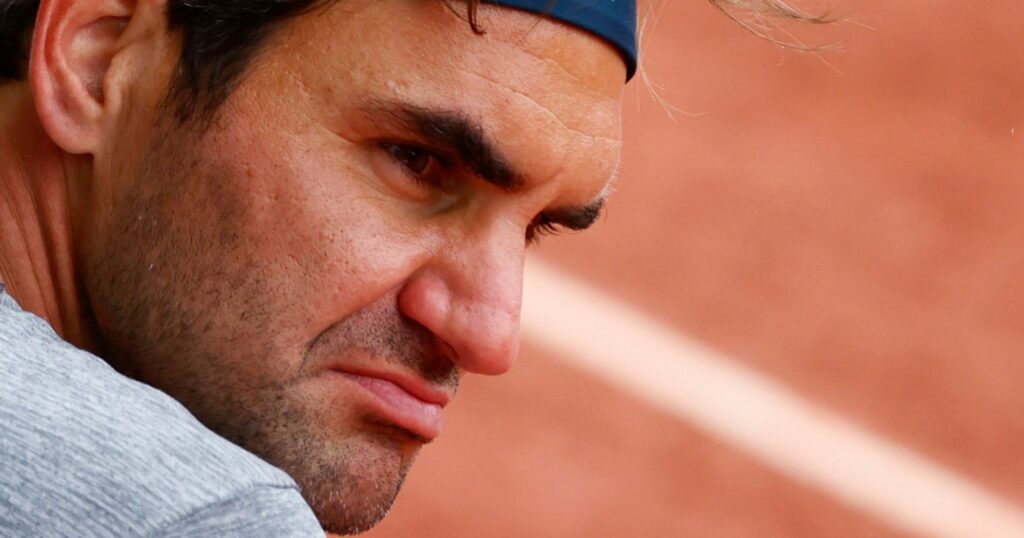
And then you’re looking at me and saying: but Andy Murray has just skipped clay after two doubles matches and a couple of weeks of training. To focus on grass. Sure. But unfortunately for Murray, his body is making the choice for him: his hips and groin have either a Roland-Garros or a Wimbledon in them, not both. Yet, he tried. Because, like Roger and Serena, he’s so match-deprived that he needs competition. But he will have to do without it before grass, and that is in no way the ideal situation. Or he’d have taken that way from the start.
I have little doubt, regarding Federer, that had he been able to play a decent number of matches since his comeback in Doha, he wouldn’t have been playing on clay. But this knee refusing to get back on track from the get-go made the choice for him. No way can he go from Doha to Halle and then Wimbledon without having played competitive matches. Not happening. Never. Well, he could if he just wanted to play Wimbledon. But Roger Federer only goes to Wimbledon to clinch the title.
And clay will do just that. It will give him the hours he needs before aiming at a ninth Wimbledon title. He needs the hours for his game, but more importantly he needs the hours for his body. No matter the age of the players, going through the clay season will ensure that the body can swing through the grasscourt season without worrying about endurance and muscle power.
“Grass season is too short for players to really prepare specifically for it”, said Laffite. “Andy Murray probably chooses grass right now because it’s easier to deal with physically. It’s a dangerous surface but the shocks are less rough. Sure, he’s going to be able to hit on the grass a bit earlier than the others but it won’t be a massive advantage because nowadays players adjust so quickly. Many clay court players did very well on grass but the opposite is not true, you know. It’s a big proof that clay demands very complete players and that playing on clay doesn’t hamper the grass swing at all. There’s everything to gain in playing on clay. The only issue would be the mental fatigue – not the physical one because they have enough time to recover. Physically speaking, really I see only advantages.”
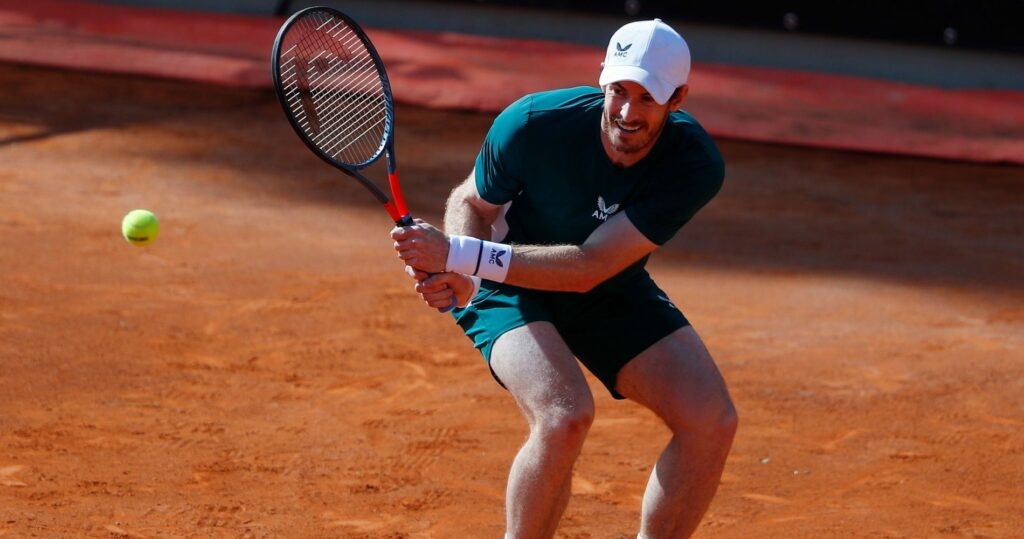
Florian Zitzelsberger, who is both Petra Kvitova’s physiotherapist and also is a partner in a clinic in Regensburg (Germany) where many other tennis professionals are coming, confirms that Murray’s choice is one dictated by the level of risks you can put the body through on clay.
“When Andy goes on clay, he has to go in the corners, change directions very often through long rallies. On the grass, his hips have to work as well, but they won’t go through the same tension and overuse as on clay. On clay, you need much more endurance because the rallies are much longer. You’re training to slide and it has a totally different impact on the body, especially for the hips. On grass court, it’s much more about creating the one-shot tennis, about hitting power, about explosivity, and also about staying low because the bounce is lower. With someone like Petra Kvitova who is such a big hitter, when she comes from hard court to clay, she suddenly has to work more for every shot and take less risk or she’s going to miss too much. So she goes back to keeping the ball in the court and then when she goes from clay to grass, she’s ready for everything. And she also had to go through tough matches and so we don’t see any issues of endurance or breathing anymore.”
The second year that he didn’t play Roland Garros, he felt something was missing in his game
Guy Forget, Roland-Garros tournament director
If we look at the tennis Avengers of the last two decades, the results do speak for themselves. Through his eight Wimbledon titles and four other Wimbledon Finals, Roger Federer also reached at least the semi-finals at Roland-Garros on eight occasions. Novak Djokovic has won five Wimbledon titles and lost one Wimbledon final, during which time, has played two finals, three semi-finals and one quarter-final at Roland-Garros. His first Roland-Garros final in 2012 was also followed by a Wimbledon semi-final, and the year he won in Paris (2016), he lost in Wimbledon’s third round. Rafael Nadal has now won a record 13 titles at Roland-Garros and along the way, came two Wimbledon titles, three finals and two semi-finals.
If we look at Andy Murray, we find that through his two Wimbledon titles, one final and four semi-finals, he also played four semi-finals, two quarters and one final at Roland-Garros. In 2016 when he reached the final in Paris, he went on to win the title at Wimbledon. Serena Williams? During the course of her seven titles and four finals at Wimbledon, she won two titles in Paris, reached one final, one semi-final and three quarter-finals.
“Roger Federer loves clay. He played a lot on clay when he was younger. I think the second year that he didn’t play Roland Garros, he felt something was missing in his game”, said Guy Forget during a press conference about this year’s event in Paris. “I honestly believe that he plays Roland Garros because he thinks that it’s what’s best for him for his whole season – that the clay will take his game to a higher level and eventually he will play better at Wimbledon because he has had some clay-court matches. Clay teaches you how to be patient and set up the point, to focus for more than two and a half hours.”
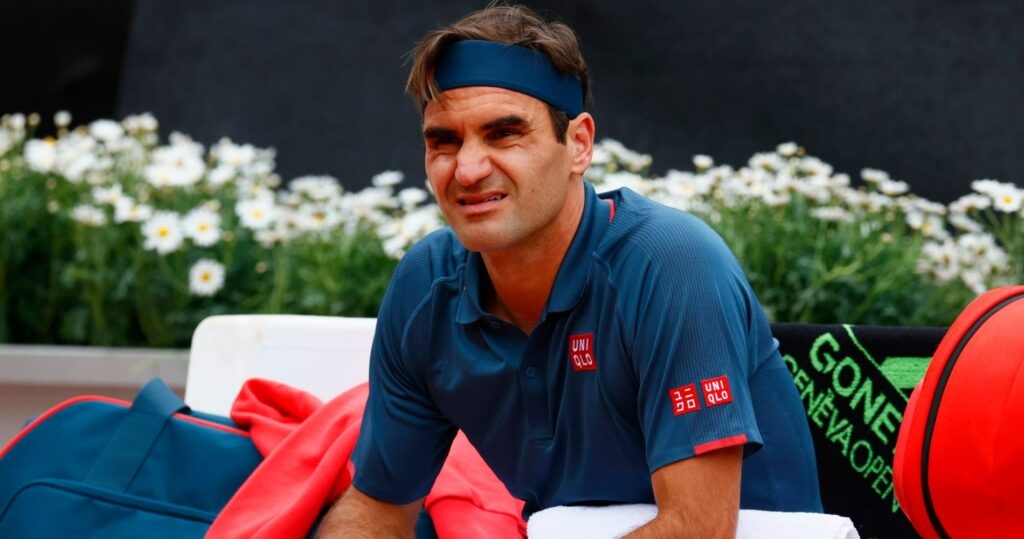
According to the ITF, between 2000 and 2019, 133 top 10 players reached the round of 16 at Roland Garros, and of those 133 players, 40 (30%) went on to reach the semi-finals at Wimbledon in the same year. So here’s the theory: when one is fit, one’s best option for success on grass lately has been to go through clay. We’re obviously skipping here on the many players who want to do well at both Grand Slam events because for them there’s actually no debate: they’ll play a full clay season and then move on to the grass. No questions asked.
Those are good problems to have
We know that Murray has had to move to plan B, a plan that he used already in 2013 when he injured his back in Rome, had to miss Roland-Garros and found his way to his first Wimbledon title. We also know that Federer and Serena are trying to have a soft plan A with a lighter clay season, presuming they’re now injury-free. On this note, it seems Federer’s situation is more complex regarding the fitness level, coming back from a double surgery on the knee. So he’s really in the kind of headache no top player wants to get into regarding clay and grass scheduling. He can’t even look back on his many years on Tour to find the best answer. Why? Because he tried both and it worked!
In 2017, Federer skipped the entire clay swing and went on to win his last Wimbledon title. The difference with 2021? He had played his usual start of the season schedule, having also won the Australian Open on his comeback from a knee injury. In 2016, he had already skipped Roland-Garros but had played the rest of the clay season before getting injured: he reached Wimbledon’s semi-finals. In 2018, he tried the 2017 method and again skipped the entire clay swing, having played his usual year so far and won the Australian Open again, but this time he lost in Wimbledon’s quarter-finals. That’s maybe why he switched strategies in 2019 and came back on clay: he reached the quarter-finals in Madrid, the quarter-finals in Rome, and the semi-finals of Roland-Garros. What happened in London? He went back to the final for the first time since 2017 and had two match points against Djokovic before going down in what was the first ever final-set tiebreak at Wimbledon.
“I tried to play back-to-back grass-court tournaments a couple of times and then go on and play Wimbledon but I just find that it’s a lot to ask for, especially with Wimbledon being the huge goal of the season for me,” Federer said. “I’m happy with the schedule now, I feel very comfortable with Geneva, Paris, Halle, and Wimbledon, I think it’s good to come back this way. When I pick Wimbledon as a priority, then it’s maybe less interesting than before for me to play Roland-Garros. I’ve thought about what I really wanted to do a lot and in the end, I told my team that I’d like to somehow play Roland-Garros. They answered that I should go where my passion is. Also, I’m still missing all those hours on the court, I’ve just finished my fitness preparation and so the goal is to get matches that will be like privileged practice sessions. Even if the results there don’t matter a lot, what is important is to play a lot and to leave the rehab process behind.”
He needs matches. So clay it will be. “Why would Roger play Geneva and Roland-Garros while saying he doesn’t care about the results? The only answer is match fitness”, confirms Zitzelsberger. “The problem is you have so many emotions in tennis that you can’t replicate this at practice back home in Switzerland. Cameras, umpires, rivals. He needs emotional match situations. It’s the same for Serena who went to play in Parma: she knows that if she doesn’t play a tournament now, she won’t know enough about how her game now feels through matches.”
In the end, it also confirms that the best option of the past two decades has almost always been to go through clay: if healthy, a top player should prepare the grass during the clay season. If injured, they should pass on it as it’d be then too risky.
“If the player needs matches situations and confidence, then for sure please let’s get on clay immediately. But if the player is not fully recovered from an injury then why should we go now on clay to slide from side to side through over-15-shots rallies? No, you stop this and you go for grass”, says Zitzelsberger.
One grey area remains; what to do when the said player is lacking matches and/or on the comeback trail and has his main ambitions set on Wimbledon? Federer and Williams’ choices and Murray’s trial kind of give the answer: try to work your way to shape by running on the red.
And after all, what better example than Djokovic to prove the wonders of the clay when talking about Wimbledon? He barely plays competitively on grass between Roland-Garros and Wimbledon. He played in Halle and at Queen’s Club in London a few times but mostly when all goes well he takes a break after Paris and comes back for a few exhibition matches on grass before going for Wimbledon. Since 2010, he has played six Wimbledon finals and won five titles. Building his grass success on clay.
Grass courts having gone slower, same for the balls, and it has become easier and easier to go from clay to grass, also in an era dominated by players with now flaws, able to be great on every surface, every week of the year. The Big 4 and then Big 3 have entirely erased the old divide between clay and grass specialists and pushed others in their way in order to catch up to them. And so top players now have different issues which are, to be honest, quite good problems to have. Something like: ‘I’m great everywhere so how do I make sure I win everywhere?’ And this during careers that are now going up to 40 years old and counting. Many are hoping to end having these kinds of issues for a long time too.
